Salvia cuttings?
tekaye
19 years ago
Related Stories
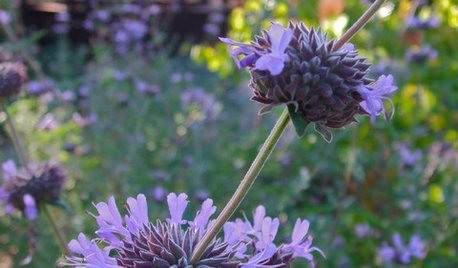
GARDENING GUIDESGreat Native Plant: Cleveland Sage
Get a whiff of this salvia for a garden experience to remember. Oh, and you can almost forget about maintenance
Full Story
GARDENING GUIDES20 Favorite Flowers for Butterflies and Bouquets
Discover perennials and annuals that do double duty as butterfly magnets and versatile cut flowers
Full Story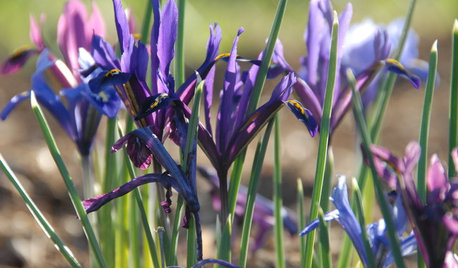
NORTHEAST GARDENINGNortheast Gardener's March Checklist
Haul out the tarp and get in gear for cutting — you might just spy some early bulb blooms while you're at it
Full Story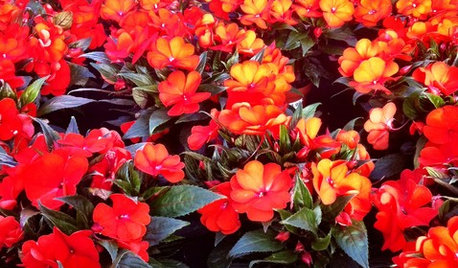
GARDENING GUIDESBright Plants for Flower Beds That Wow
From new annual and perennial varieties to grasses, get dramatic with swaths of color
Full Story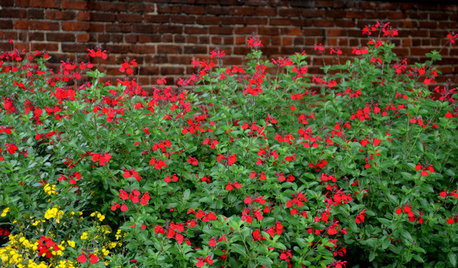
GARDENING GUIDESGreat Design Plant: Autumn Sage Brings Color and Butterflies
Whether you live in the arid desert or the humid South, you'll likely find this deer-resistant beauty as irresistible as winged creatures do
Full Story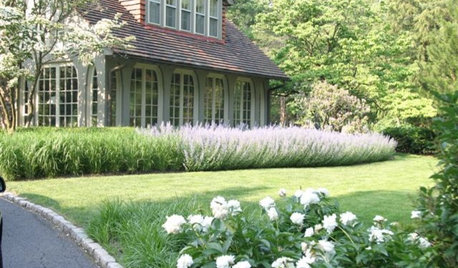
FLOWERSKeep Your Garden on Point With Spikes of Purple
Tall purple blooms bridge color gaps, contrast round flower forms and make for intriguing masses in the landscape
Full Story
SAVING WATERHouzz Call: Are You Letting Go of Your Lawn?
Many facing a drought are swapping turf for less thirsty plantings. If you’re one of them, we’d like to hear about it
Full Story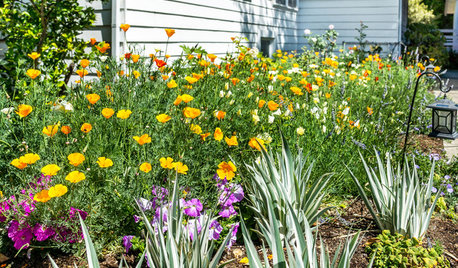
LANDSCAPE DESIGN10 Ideas for a Creative, Water-Conscious Yard
Check out these tips for a great-looking outdoor area that needs less water
Full Story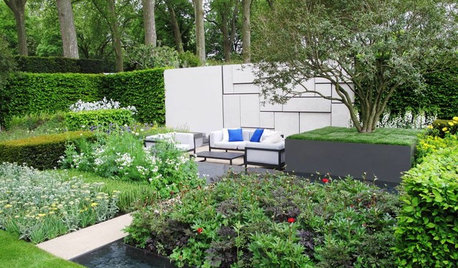
GARDENING GUIDESSee Winning Gardens From the 2015 Chelsea Flower Show
The popular annual London event showcases the best in garden design. Get inspired by these 2015 gold-medal winners
Full Story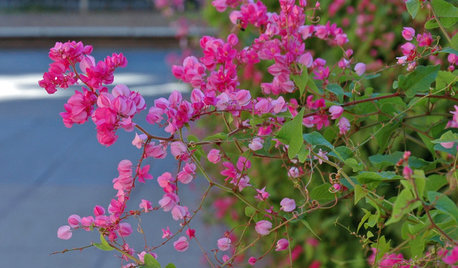
GARDENING GUIDESSouthwest Gardener's March Checklist
Dust off your gardening tools and get busy pruning to help your trees and plants reach their full potential
Full StoryMore Discussions






jamlover
skrip
Related Professionals
Jennings Landscape Architects & Landscape Designers · Signal Hill Landscape Architects & Landscape Designers · Vernon Hills Landscape Architects & Landscape Designers · Wilmington Landscape Contractors · Cincinnati Landscape Contractors · Columbine Landscape Contractors · Cupertino Landscape Contractors · Melrose Landscape Contractors · Oklahoma City Landscape Contractors · Riverhead Landscape Contractors · Washington Landscape Contractors · Greenfield Landscape Contractors · Denton Siding & Exteriors · Kannapolis Siding & Exteriors · New Lenox Siding & Exteriorssfmiller
skrip
sfmiller
Temecula
penny1947
laperouse
rich_dufresne
wardda